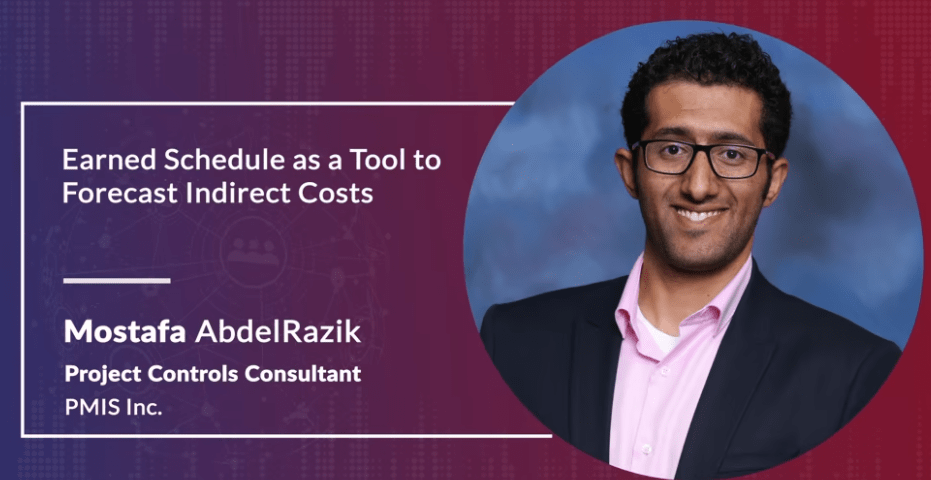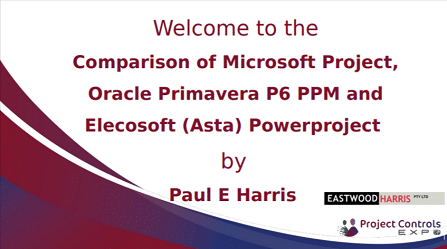Earned value management (EVM) is utilized world-wide to measure work progress, compare it against a baseline and evaluate cost and schedule variances. Furthermore, EVM is used to “predict the future” by assuming a future performance, to generate an estimate at completion (EAC) for a project.
Applying EVM to calculate EAC has been discussed in many literatures. These literatures detailed the process, requirements and steps needed to have an adequate EV. However, there was not enough mention of indirect costs and how they can be evaluated. Estimating cost at completion for indirect costs can be cumbersome, especially that indirect costs are directly linked to time and not cost performance. Since EVM’s schedule performance indicators are not a true reflection of a project’s schedule performance, especially at late stages of the project where there is a slight to no change to the planned value. Earned schedule (ES) technique was deemed to provide a better indication of a project’s schedule performance. Moreover, ES can provide a more accurate estimate of the expected finish date of a project.
This presentation will discuss the use of ES technique as a tool to predict the estimate at completion of indirect costs.










